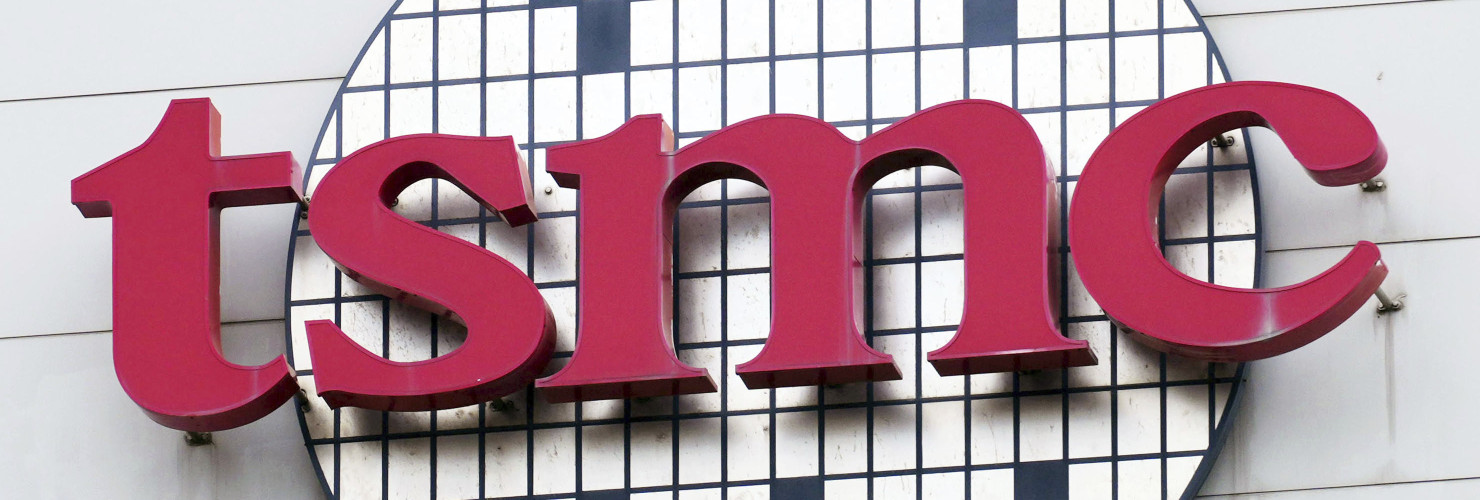

The risks of European de-risking from Taiwanese semiconductors
The European Union wants to reduce its dependence on Taiwanese microchips. Antonia Hmaidi and Wendy Chang say losing interest in the island’s fate would be dangerous. This article is part of our series on Taiwan’s 2024 presidential election.
The European Union should take note that its ambition to boost its microchip manufacturing won’t banish supply-chain risks should China ever provoke a conflict with its neighbor and global semiconductor powerhouse, Taiwan. Indeed, with the island’s presidential election on January 13, 2024, moving into view, Europe should be aware that trying to reduce its economic dependence on Taiwan-made tech components could even increase the risk of a clash across the Taiwan Strait – so much for “de-risking.”
By passing the Chips Act in July 2023, the EU set itself the goal of doubling its semiconductor market share to 20 percent by 2030. It will only be able to achieve this goal by weakening the position of Taiwan and the second- and third-placed chip-manufacturing nations, South Korea and Japan. With the US also looking to boost microchip production at home, these incumbents are likely to experience what Japan once already experienced in the 1990s, when its dominance in semiconductor manufacturing was eroded by two newly ambitious players.
The problem with EU (and US) de-risking is that it necessarily erodes what Taiwan considers a core survival tactic – being indispensable to global semiconductor supply. Having for decades faced the threat of Chinese invasion and US “strategic ambiguity” about its willingness to step in in the event of an escalation, many Taiwanese see this critical role in global semiconductors as a strong argument for the world to take an interest in maintaining the status quo.
Taiwan made over 90 percent of the most advanced microchips in 2021
The effectiveness of this “silicon shield”, as journalist Craig Addison dubbed it in 2000, is contested. China’s own dependence on Taiwanese semiconductors would certainly raise the cost of any military escalation. But the island’s dominance of the semiconductor industry – it made over 60 percent of all and over 90 percent of the most advanced microchips in 2021 – has also encouraged some Western countries to fret over its precarious geopolitical standing with China. The Economist magazine has called Taiwan “the most dangerous place on Earth.”
But Europe needs to look hard at whether it can run from that danger – or whether it might not better rise to it. De-risking from Taiwanese semiconductors will not insulate the region against the shocks from conflict in the Taiwan Strait – so broad a range of electronics components passes through it to make that hope unlikely. Almost half of the world’s container ships, many sailing between China and Europe, regularly pass through it. The strait is so crucial to trade that any conflict there would badly hit many global supply chains.
The EU’s goal of strategic autonomy in semiconductors may prove too costly
Second, the EU’s goal of strategic autonomy in semiconductors may prove too costly to be practical. Europe enjoys a strong position in power semiconductors that supply the industrial automation and automotive industries, among others. But it lacks capacity in other semiconductor types, including the most advanced computing chips whose production Taiwan dominates. According to Intel one high-end microchip factory takes about USD 12 billion, three years and 6,000 construction workers to build. Europe should think hard about whether building on existing strengths might not be better than moving into advanced chip making.
The extremely high cost of semiconductor production is the reason for the popularity of the contract manufacturing model, which is dominated by Taiwan’s TSMC and South Korea’s Samsung. The US and Europe have urged the companies to move some capacity out of East Asia – TSMC is building plants in Arizona and considering an investment in Dresden, while Samsung has opted for Texas. But it will be years before these factories start producing chips and, at least in TSMC’s case, they will not employ the most cutting-edge production processes.
Lastly, Europe de-risking from Taiwan could encourage China’s territorial ambitions. Drawing much criticism, French President Emmanuel Macron in April said Europe shouldn’t be drawn into any Taiwan conflict. If it were now to signal it was preparing for a world without Taiwanese semiconductors, Beijing could take the strategic view that Europe would not react meaningfully – economically, militarily – in case China attacked Taiwan.
Europe should still ensure that it is not beset by a “single point of failure,” as it was during the 2021 semiconductor shortage. Aside from having a menacing neighbor, Taiwan is a net importer of energy with a dated, centralized energy system located in an active earthquake zone – not great for making semiconductors. So, Europe remains well advised to diversify and increase supply chain resilience. But it also needs to balance this ambition with continued engagement with Taiwan – and the recognition that it can’t turn its back on the island’s fate.

